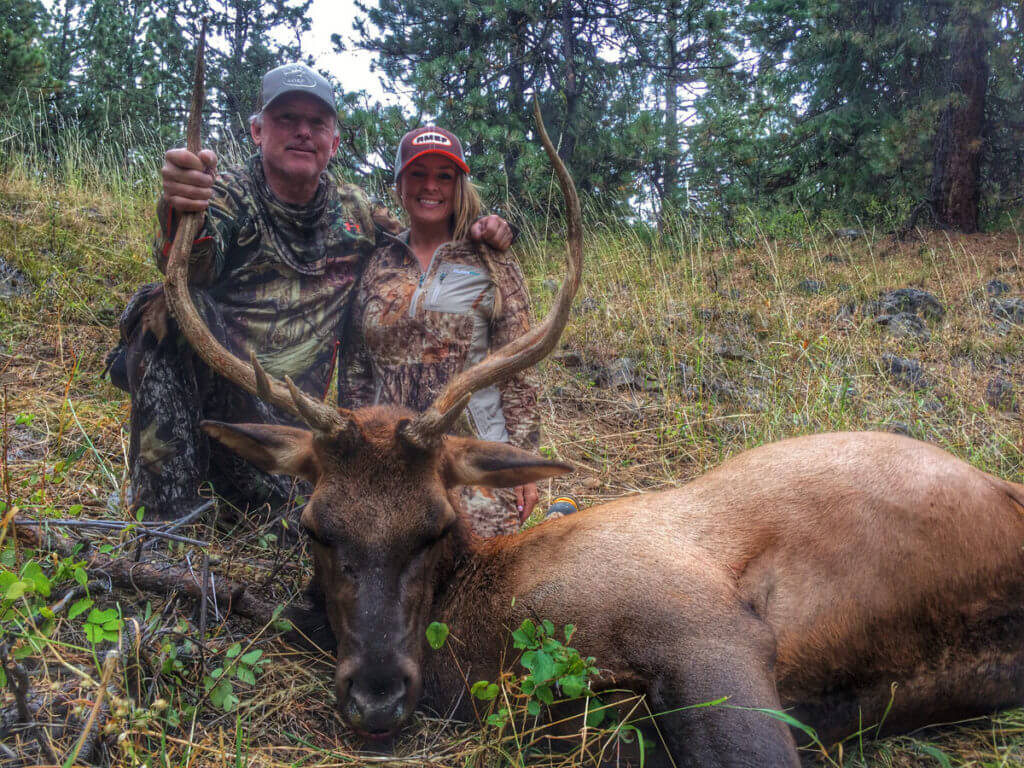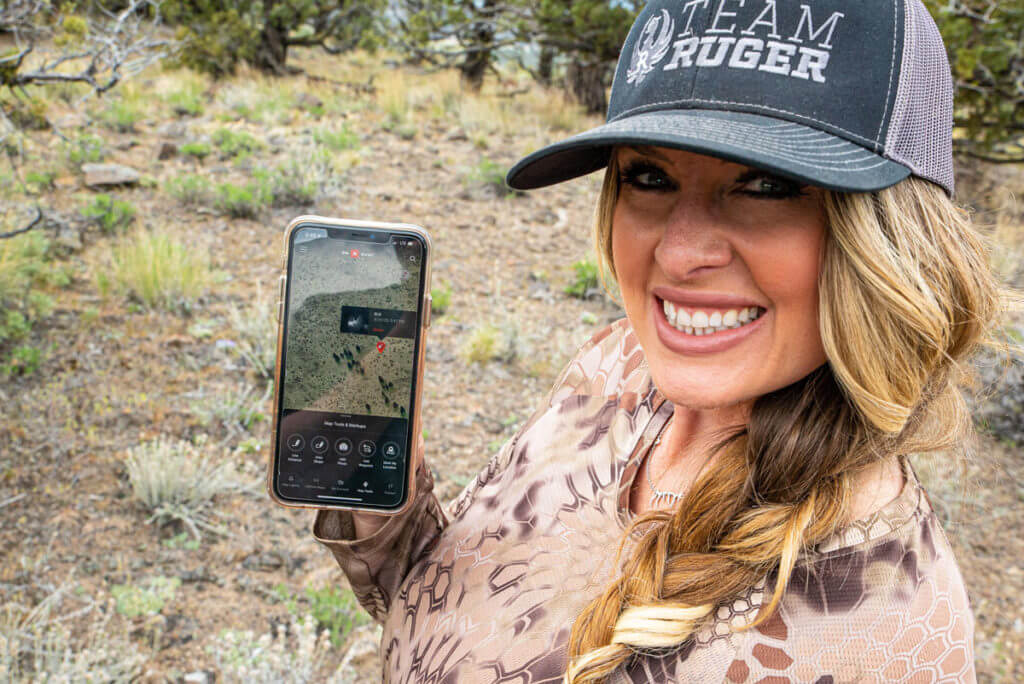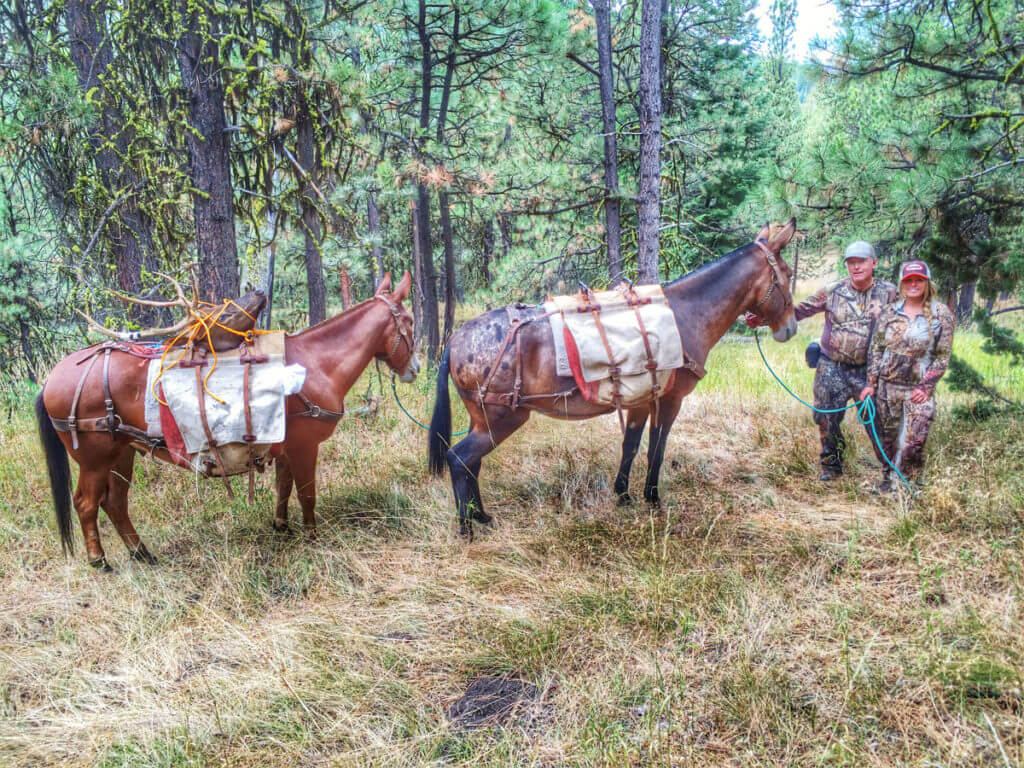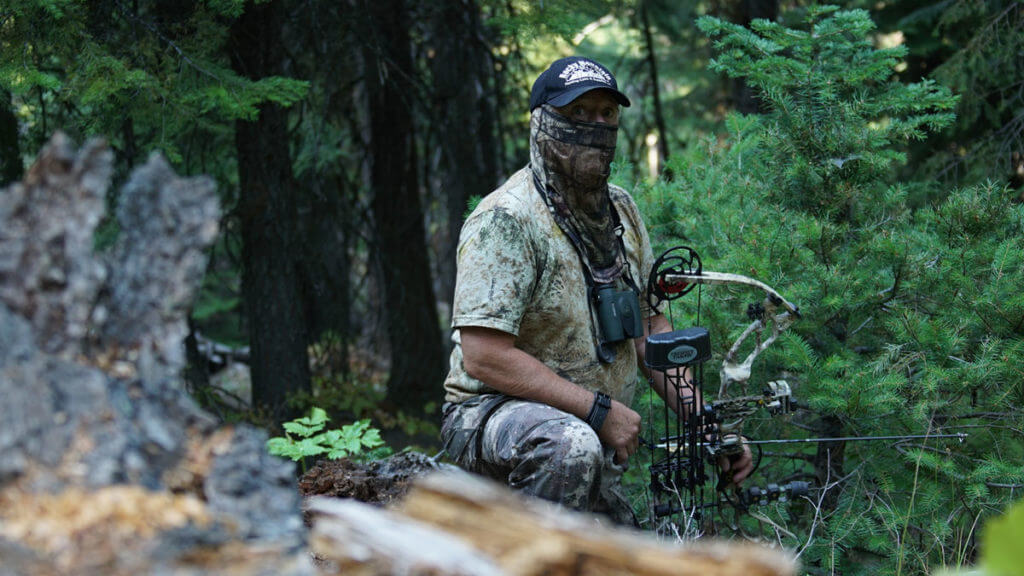
There is nothing quite like the sound of an aggressive bull bugling while hunting during the peak of the rut. And hunting public land elk will certainly keep us all humble in our pursuit. If this is your first-year elk hunting, welcome to the frenzy. If this is your 60th year and everything in between, then you know exactly what I am talking about.
If any of us had elk absolutely mastered, then we wouldn’t hunt them. There would be no challenge. As with any hunting situation, there is no 100% fail-safe approach to killing big bull elk every year on public land. With that being said, I heard a great saying in hunting camp one time, “It’s my hunt, and I’ll mess it up however I want.” For me, being successful hunting elk is having the opportunity and I can honestly say that there is a rare year that I have not had at least one opportunity on branch antlered bulls on public ground. The caveat to my success always boils down to me.
As a hunter, we can only take the information that we have at the time and devise the best hunting strategy that we can in that given situation. With that being said, for this article, I am going to share with you a few things that have consistently worked and have helped me get shot opportunities on public land elk.
Learning to Look, Slow Down & Listen

If you want to successfully hunt elk, the first step is finding elk. On your hunt, let your eyes do the walking for you. Use a GPS map application with an off-line function, like OnX Hunt to locate possible ridges or vantage points that you can do some glassing from. The less you cover by foot, the more energy you have when you need it and the less chance you have of bumping elk out of the area.
Elk have very few basic needs; food, water, cover or relief from pressure and during the rut, the need to breed. Look for areas to hunt that are away from roads, trails and less likely to have a ton of hunting pressure. Use the time of day to “guesstimate” what they are likely to be doing at that time. All while considering wind thermal patters at that time. In the morning, thermals are going down, so you want to approach from below. In the afternoon, thermals are rising, so you want to approach them from above.
In the morning, they may be traveling to get a last drink of water before going to bed, mid-day, there is a good chance they are bedded and in the evening, they are probably going back to water or to feed for the night. Use your GPS map application to locate likely areas where elk may want to feed, drink water and bed. For example, OnX Hunt’s historic burn layer may help you to locate a lush feeding area and the RMEF layer will show you any local habitat improvement projects that may attract elk and increase your odds of success.

Never underestimate the importance of slowing down and listening in the field. As a hunter, we all want to hear that big bull tip his head back and scream out a bugle, but that does not always happen. Elk can be very big and loud animals, but they are also masters at slipping silently through the woods. It is important to slow down and stop frequently, especially in areas with fresh elk sign. Listen for the small sounds that matter like a twig snapping, a bull glunking or whining in his bed, even a cow mew can be easily missed.
When to Bugle & When to be Quiet
The fun part of hunting elk in September is the rut. Everything changes during the rut. Calling and being a successful archery elk hunter is simply time on the mountain learning to judge elk behavior, what they are telling you with their vocalizations, and putting all of that information together to create the best strategy that you can with the information that you know at the time. Every calling scenario is different so there is no real “right” or “wrong” way to bugle, however, time in the field will lend you the experience to have a better understanding of how, when and how much within each situation.
If are on the mountain and bull is bugling by his own accord without you to bugling first, then there is no reason to bugle at him. You already know where he is. If you bugle back at him, this literally gives up your location and alerts him that another bull is in the area. If you choose to bugle at him the next time you hear him, he may be a mile away going hard and fast, in the wrong direction.
What has worked best for me is in this situation is making a quiet stalk and getting as close to the bull as you can without giving away your presence. Use the wind and terrain to your advantage. You may be able to slip all the way in for a shot opportunity without ever making a sound. Use your off-line map function to help you navigate the terrain and figure out the best approach.
Partner Up
There is nothing better than hunting elk during the peak of the rut, especially if you have a hunting partner that can also replicate elk sounds naturally. When hunting in pairs, specify one person as the designated shooter and the other as the caller. The shooter should not call during the set with the exception of stopping a bull. Ultimately, the bull is coming to the caller or responding to the caller and ideally it is the callers job to draw the bull by the shooter.
However, if you are in a situation that you have a bull responding to a call sequence but he won’t come in, have the caller keep the bull sounding off, while the shooter remains silent as they work their way towards the bull or herd.

Oftentimes, a bull will come into the sounds that the caller is making and circle around to the downwind side. Many elk will be inclined to hang up or stop approaching at roughly 70-80 yards away from the caller and hesitate coming closer. They are smart and if they don’t see the elk they are hearing, they can be reluctant to come closer.
This is the very reason why the shooter should never make an elk sound and your caller should be placed behind your shooter 30 or more yards back making all of the vocalizations. This will also allow the caller to move if needed to draw the bull to the left or right with the attempt to give your hunting partner a broadside shot. There are many situations as a caller that I have encountered a bull that really wants to hang up. As the caller, I will literally move away from the bull telling the story of a more submissive bull trying to run away with my cows. The hope is that the bull will relax and come closer, giving the shooter an in-range opportunity.
The caller will always want to be on the lookout because there is a good chance that another bull that you may not even be aware of, will slip in silently to their location.
When you are calling, tell a story with your vocalizations. Do your best to set the stage for this scenario. Perhaps you are a pleading cow in estrous, a young bull with cows, a dominant herd bull displaying to his herd, a frustrated bull raking trees, or simply try to base this calling set based off of the rut phase and current behavior of elk in the area.
Just because you have not heard bulls fired up and bugling with the frenzy of the rut does not mean that you can’t tell the “story” of that scenario and have a bull want to come in for some of the action. With your calling you can literally set the tone for how the elk react around you.
Use of Scents
Years ago, I used to douse myself in elk urine but what I have found is that once I smell like an elk, I can no longer smell elk. Losing or inhibiting your ability to smell a rutty bull is not good, especially if they are silent. There are countless times that I couldn’t see the bull or hear the bull, but I could smell the bull with the wind in my face allowing me the opportunity to develop a hunt strategy.
Don’t get me wrong, I am not saying that you should not use elk urine as a cover scent, I am simply suggesting that you not put it directly on your body. Spray the scent or wipe the gel on shrubs, bushes or trees that surround you, this way, when you get up and leave calling set, you can still smell elk.
Use of decoys
Using decoys can mean the difference in your hunt success. I literally arrowed my first branch bull from behind a Montana Decoy. If you are going to use a decoy in a calling scenario, place the decoy between your shooter and caller. That way, if the decoy frightens or startles the bull, your shooter may still be in range for a shot and conversely, if the bull wants to run to the decoy, he will go right by your shooter.
Trust your camo
We have the best clothing and camouflage that has ever been made. You don’t need to hide behind brush or trees as this may reduce your shot opportunities. Elk live by their nose, so watch your wind and of course, how much you move. Do your best to time your draw cycle when the elk can’t see you.

Keep in mind that if you cannot see the bull’s eyes or if he is moving his head such as raking a tree or fighting, you can typically get away with a lot of movement. Don’t freeze up and be afraid to move yourself into a position to be able to take a shot. Just make sure that you time your movement and if you don’t have the right opportunity to move, then don’t.
Remember you are in his backyard. Be smart, patient and enjoy. Good elk hunting to you all.